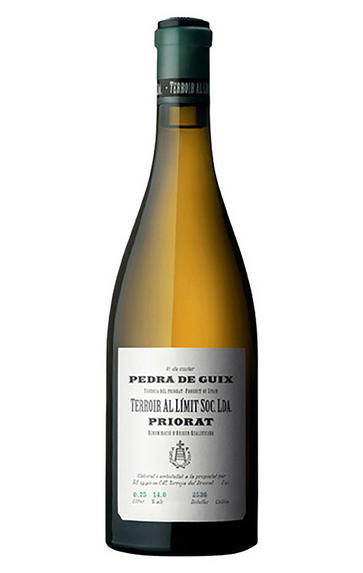
2017 Pedra de Guix, Terroir Al Limit, Priorat, Spain
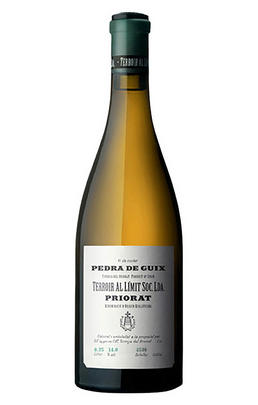
Critics reviews
Drink 2020 - 2027
Luis Gutiérrez, Wine Advocate (Dec 2020)
James Suckling, jamessuckling.com (Dec 2020)
About this WINE
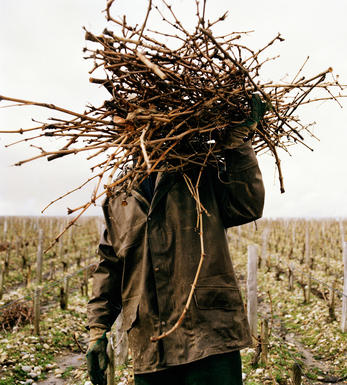
Terroir Al Limit
Established in 2001 by Eben Sadie and Dominik Huber, the wines have always been exceptional, but Dominik now produces some of the best wines made in the region.
The stars of the show are the single-vineyard Cariñena, Les Tosses and the Garnacha, Les Manyes. Not forgetting their superb white, Pedra de Guix, a blend of one-third each Pedro Ximénez, Garnacha Blanca and Macabeo, reminiscent of great Chenin Blanc.
Les Tosses was the first of these wines in the range, first made in 2003. It comes from a vineyard at 600m. above sea level, the highest in Torroja del Priorat. The vines here are 80-year-old on steep black slate slopes, with blazing southwestern exposition. There is a rugged, raw power to this wine. Opulent black fruits and rich aromas of smoke and spice swirl in the nearly black depths of the glass. Despite the initial hint of brawn, a serious, thoughtful character emerges with a bright, taut acidity.
Situated at the top of a monastery in the village of Scala Dei, 800 meters up the high slopes of the Montsant mountains, the west-facing Grand Cru vineyard of Les Manyes is a universe unto itself. The Garnacha Peluda (‘Hairy grenache’) vines that grow there are a rare variant of the region’s more popular Garnacha Tinta. They are equipped with a fine, downy fuzz on the underside of their leaves that conserves moisture in the blazing heat - allowing them to thrive even in this hot and challenging climate. Lower sugar levels also mean lower alcohol levels, lending an unmistakable brightness and elegance. The distinctive chalk-rich clay soils mark the Garnacha fruit with a minerality, structure and elegance. The grapes are hand harvested, whole cluster fermented, and then aged for 16 months in cement.
Pedra de Guix is a blend of old vines of the region’s most important white varieties: Pedro Ximénez, Macabeo and Grenache Blanc. Steep slopes and concentrated fruit, together with a traditional approach in the cellar. Following a hand harvest, the whole bunches undergo a gentle basket pressing, vinification in cement tanks, and then two years of ageing in French oak tonneaus (500l) and foudres (1200l). The PX is left alone to undergo a controlled oxidation before blending. The hands-off biodynamic approach reflects the alluring taste of time and patience, a gentle velvet beauty that moves with waves of citrus, nuts and flowers across the palate. Rich, soft and ripe. The longer it is opened, the fresher it becomes in the glass, developing tension, depth, and a mouth-watering salinity expressing the soils of the region: clay, alluvial and slate.
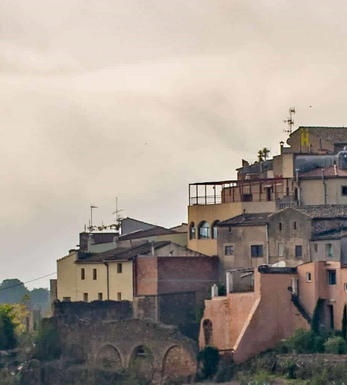
Priorat
Priorato, or Priorat, is one of the stand-out Spanish wine regions, with an extraordinary leap in wine quality, reputation and price over the 1990s. This small wine appellation, with 1,700 hectares of vines and just over 60 bodegas, lies to the west of the province of Tarragona in Catalonia.
It includes the municipalities of Scala Dei, Gratallops and Falset, where vines grow on steep terraces at varying altitudes of 100 to 700 metres. The climate is continental, and the region blessed with an exceptional schistous terroir (mostly llicorella with layers of slate and quartz). This schist is part of the same stratum found in the finest vineyards of the Douro, Toro and Ribera del Duero. It provides ideal conditions for growing vines and also contributes to the much-lauded mineral-rich character of Priorato’s wines.
The region’s wines were revolutionised through the efforts of René Barbier. In 1989 he joined forces with a group of eight other winemakers to produce wine from eight plots (or clos), planting the best grapes using modern methods, and harvesting at extremely low yields. This original group included such distinguished bodegas as Alvaro Palacios (Finca Dofi), Costers del Siurana and Mas Martinet.
The group later split up, but the legacy and the international acclaim their wines generated has attracted significant interest and investment in the Priorato region. It is now recognised as one of the great fine wine regions in Spain, rivalling Rioja and Ribera del Duero. The Priorat wines are typically powerful and full-bodied, with a warm, ripe fruitiness and impressive levels of concentration and minerality. The wines are made in all categories from Joven to Gran Reserva, undergoing the same oak ageing as Rioja.
The efforts of the Barbier group proved that old-vine, low-yielding Cariñena and Garnacha is the most planted variety here, followed by Garnacha. Both provide the backbone of the region’s wines, augmented by international varieties such as Merlot, Cabernet Sauvignon and Syrah.
White varieties (i.e. Chenin Blanc, Macabeo, Garnacha Blanca, Viognier and Pedro Ximénez) occupy less than five percent of the vineyard area.
Recommended Producers:
Combier Fischer Gerin (Trio Infernal), Clos Figueres, Alvaro Palacios (Finca Dofi)
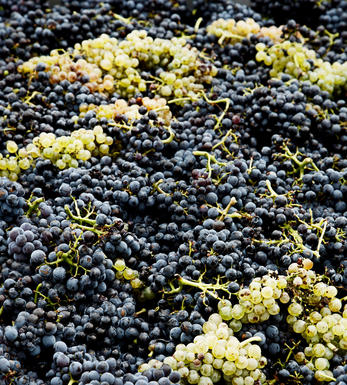
Other Varieties
There are over 200 different grape varieties used in modern wine making (from a total of over 1000). Most lesser known blends and varieties are traditional to specific parts of the world.


Buying options
Add to wishlist
Description
The white 2017 Pedra de Guix is a blend of one-third each Pedro Ximénez, Garnacha Blanca and Macabeo grapes from the villages of Lloar, Torroja and Poboleda, respectively. They consider this an homage to Jerez and think this is a vintage with more freshness and better acidity than previous years. It fermented in concrete vats with indigenous yeasts and matured in well-seasoned 1,800-liter oak foudres. This is an oxidative white that in this vintage matured in less old oak than in the past, when the wine was more oxidative. This is livelier and fresher, even if it does have the nutty undertones but coupled with elegance and freshness, which is the direction they want for this wine. There is a creamy touch here, but the palate is still quite austere, with the chalky tannins and mouthfeel and the dry, almost salty finish. This is more ethereal than previous years, long and complex. A very unusual white, indeed a bit à la Jerez. 3,250 bottles produced. It was bottled in June 2020.
Drink 2020 - 2027
Luis Gutiérrez, Wine Advocate (Dec 2020)
wine at a glance
Delivery and quality guarantee